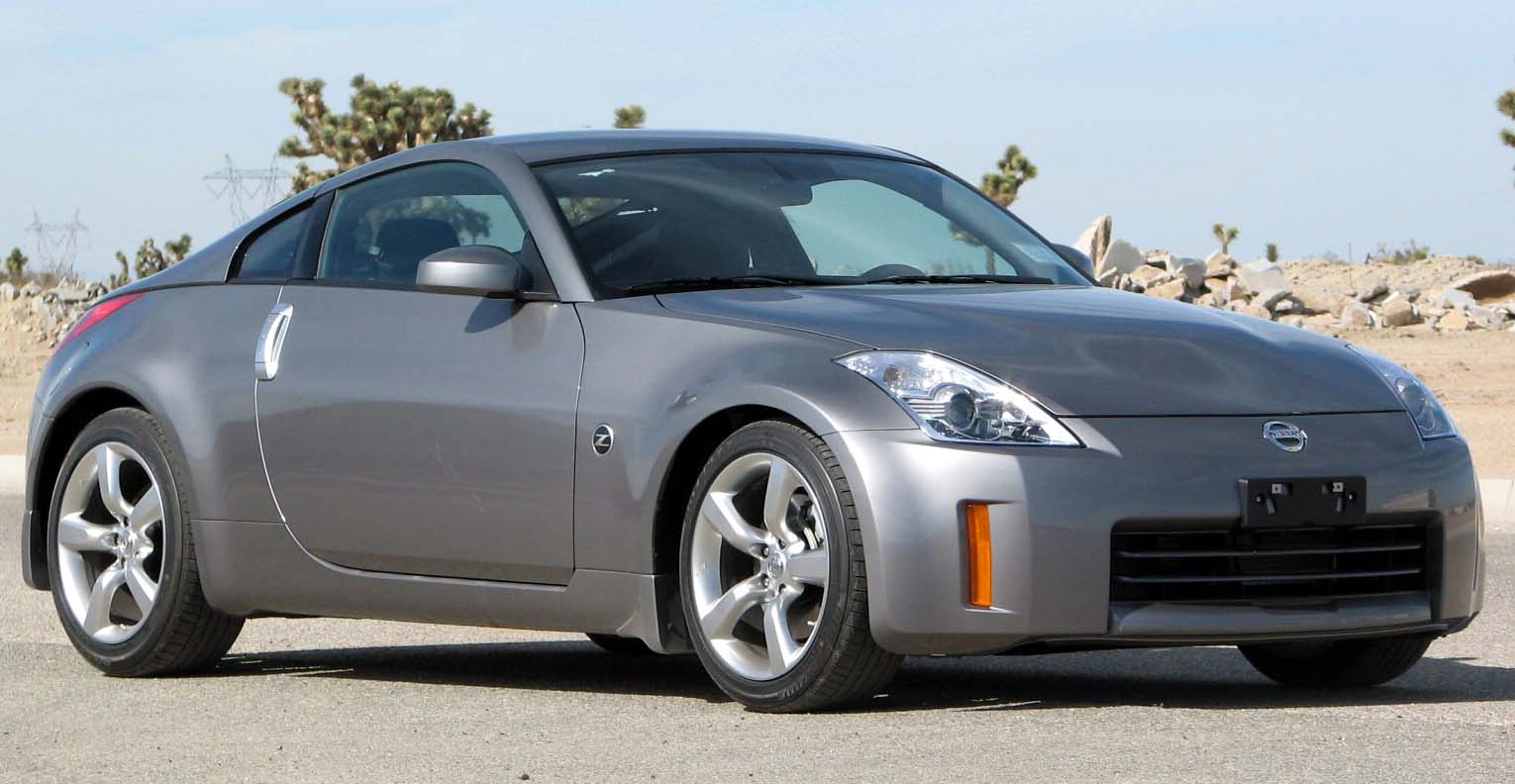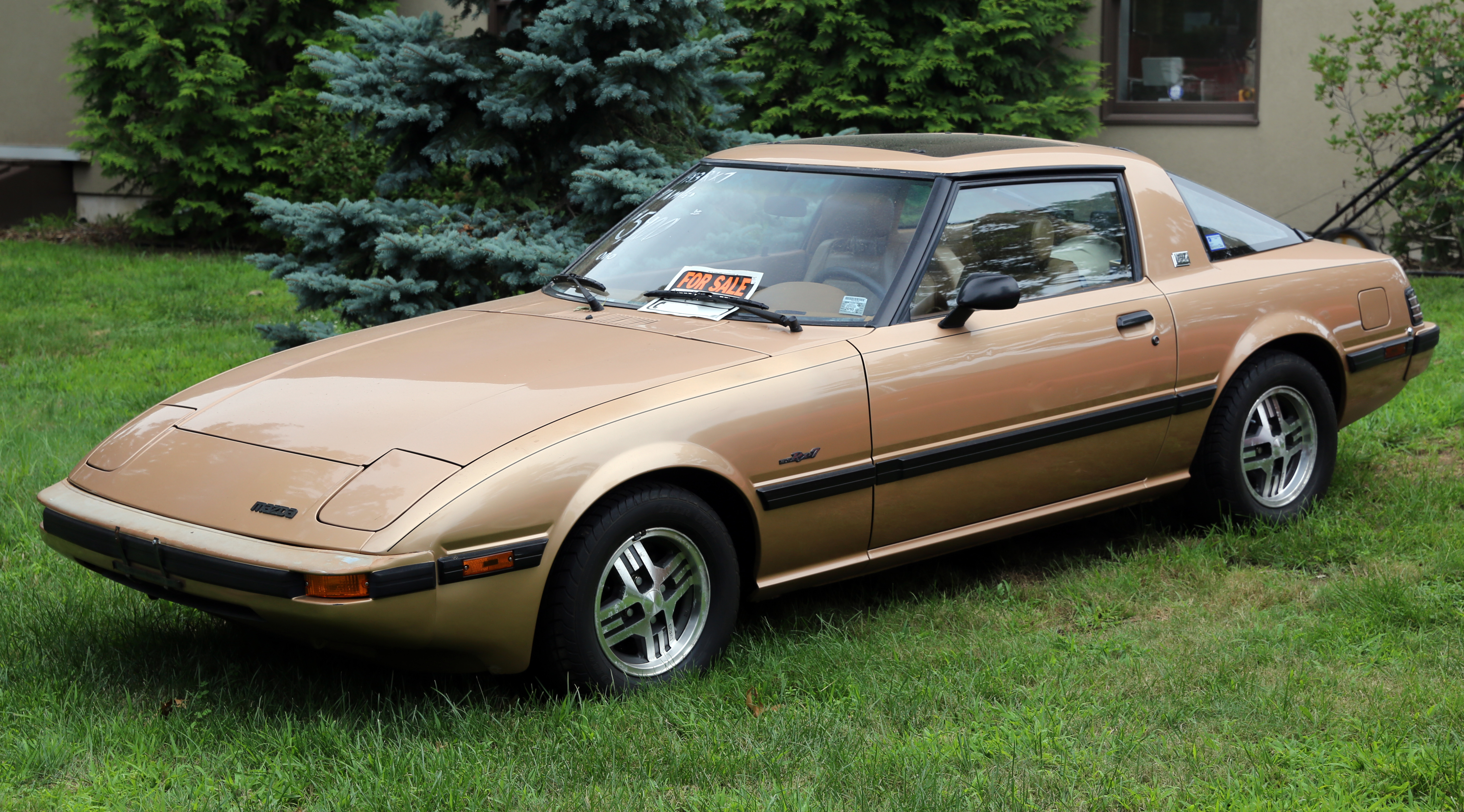|
2004 Australian GT Performance Car Championship
The 2004 Australian GT Performance Car Championship was a CAMS sanctioned Australian motor racing title, organised by Procar Australia as part of the PROCAR Championship Series and open to high performance coupes and sedans, racing with minimal modifications. It was the second running of the Australian GT Performance Car Championship. During the running of the championship, PROCAR relinquished its Category Management rights back to the Confederation of Australian Motor Sport. Justin Hemmes won the championship driving a Subaru Impreza WRX, defeating semi-factory Volkswagen Golf R32 driver Paul Stokell by 90 points. Mitsubishi Lancer driver Garry Holt was third. Calendar The championship was contested over a seven round series. Points system Points were awarded on a 30-24-20-18-17-16-15-14-13-12-11-10-9-8-7-6-5-4-3-2-1 basis to the top 21 classified finishers in each race except for the two rounds run over two races, where the second race was worth double points. [...More Info...] [...Related Items...] OR: [Wikipedia] [Google] [Baidu] |
Australian Performance Car Championship
The Australian Performance Car Championship was a CAMS sanctioned motor racing title for drivers of production based, high-performance coupes and sedans racing with limited modifications. It was staged as the ''Australian GT Performance Car Championship'' in 2003 and 2004 and as the ''Australian Performance Car Championship'' from 2005 to 2007. History In 2001, the Australian GT Production Car Championship was, for the first time, contested in two divisions, GT Performance & GT Production. The former was for high-performance vehicles and the latter for less exotic production cars. For 2003 the divisions were formally awarded their own separate titles, namely the Australian GT Performance Car Championship and the Australian Production Car Championship. Following the demise of its category management company PROCAR Australia during the 2004 season, the Australian GT Performance Car Championship was renamed the Australian Performance Car Championship for 2005. [...More Info...] [...Related Items...] OR: [Wikipedia] [Google] [Baidu] |
Winton Motor Raceway
Winton Motor Raceway is a motor racing track in Winton, near Benalla, Victoria, Australia. History The Benalla Auto Club began planning for a permanent racing track around 1958, as a replacement for their existing track at Barjarg. In 1960 it was decided to build the track at Winton Recreation Reserve and the track was completed in twelve months. The circuit hosted its first race meeting on 26 November 1961. The circuit was immediately popular - a March 1965 meeting featuring the Neptune touring car and the Victorian Formula Two championship drew a crowd of approximately 10,000 spectators. The circuit length was extended prior to the 1997 round of the V8 Supercar championship and the upgrade included a new pit complex. The circuit In its 60th year the circuit at Winton Motor Raceway has a combination of long fast straights and twisty and tight bends. It is also known as "Australia's Action Track". Dick Johnson once described the circuit being "like running a marathon around ... [...More Info...] [...Related Items...] OR: [Wikipedia] [Google] [Baidu] |
Nissan 200SX
The Nissan 200SX (originally Datsun 200SX until the early 1980s) is an automobile nameplate that has been used on various export specification Nissan automobiles between 1975 and 2002. Nissan Silvia based Between 1975 and 2002, Nissan retailed the Silvia as the 200SX in some export markets. Six generations were constructed, with new models released in 1979, 1984, 1989, 1993, and 1999. A number of these cars, in both coupe and hatchback body styles, received different nameplates depending on the importers. File:Nissan New Silvia.jpg , First generation (S10; 1975–1979)(North America) File:1983 Nissan 200SX (S110), front right White.jpg , Second generation (S110; 1979–1984)(most export markets) File:Mark I s12-200SX.jpg , Third generation (S12; 1984–1989)(North America) File:1994 Nissan 200SX (S13) coupe (22642782184).jpg , Fourth generation (S13; 1989–1993)(Europe, South Africa, New Zealand) File:Nissan 200SX (9639982223).jpg , Fifth generation (S14; 1993–1999 ... [...More Info...] [...Related Items...] OR: [Wikipedia] [Google] [Baidu] |
Chris Alajajian
Chris Alajajian (born 31 October 1986) is an Australian-Armenian race car driver. Early career In 2004 he won the Australian Production Car Championship, becoming the youngest ever driver to win an Australian championship. In the same year he also contested some rounds of the Australian Formula 3 Championship with Piccola Scuderia and raced in the Australian GT Performance Car Championship. Continuing in Australian Formula 3 in 2005, Alajajian started the year with Astuti Competition, before moving to Protecnica Racing. He finished third in the championship. Chris also won a number of races in the Australian Performance Car Championship with Protecnica Racing. V8 Supercars Alajajian moved to the Fujitsu V8 Supercar Series for 2006. At Bathurst on Friday 6 October 2006 Alajajian was involved in an accident that resulted in the death of New Zealand racing driver Mark Porter. Porter's car spun in a section at the top of the mountain and was hit from behind by Alajajian and stall ... [...More Info...] [...Related Items...] OR: [Wikipedia] [Google] [Baidu] |
Nissan 350Z
: The Nissan 350Z (known as Nissan Fairlady Z (Z33) in Japan) is a two-door, two-seater sports car that was manufactured by Nissan Motor Corporation from 2002 until 2009 and marks the fifth generation of Nissan's Z-car line. The 350Z entered production in 2002 and was sold and marketed as a 2003 model from August 2002. The first year there was only a coupe, as the roadster did not debut until the following year. Initially, the coupe came in Base, Enthusiast, Performance, Touring and Track versions, while the Roadster was limited to Enthusiast and Touring trim levels. The Track trim came with lightweight wheels and Brembo brakes, but its suspension tuning was the same as all other coupes. The Nissan 350Z was succeeded by the 370Z for the 2009 model year. Background After the Nissan 300ZX was withdrawn from the U.S. market in 1996, Nissan initially tried to keep the Z name alive by re-creating the 240Z the following year. The car was conceived by Nissan's North American design tea ... [...More Info...] [...Related Items...] OR: [Wikipedia] [Google] [Baidu] |
Ford Performance Vehicles
Ford Performance Vehicles was the Melbourne-based, premium performance arm of automobile manufacturer Ford Australia. The company produced a range of Ford-based models from 2002 to 2014 under the FPV marque name. History The roots of FPV can be traced back to 1991, when the English automotive engineering company Tickford began a collaboration with Ford Australia to produce high-performance variants of the Australian Falcon range. The partnership, Tickford Vehicle Engineering, saw the introduction of the Ford Falcon S-XR6 and Ford Falcon S-XR8 models. This was followed in October 1999 by the launch of the Ford Tickford Experience dealer network and the FTE T-Series range based on Ford's AU Falcon and Fairlane models. In 2002, following the purchase of Tickford by Prodrive, the Ford Performance Vehicles company was formed as a joint venture between Ford Australia and Prodrive. The FPV brand name was created to replace the FTE name and a restructured range was developed based on t ... [...More Info...] [...Related Items...] OR: [Wikipedia] [Google] [Baidu] |
Ford AU Falcon
The Ford Falcon (AU) is a full-size car that was produced by Ford Australia from 1998 to 2002. It was the sixth generation Ford Falcon and also included the Ford Fairmont (AU)—the luxury-oriented model range. The AU series replaced the EL Falcon constructed on the new at the time EA169 platform, and was replaced by the updated BA series. Development and design The AU series was conceived under "Project Eagle" that begun in February 1993, and gained the official codename "EA169" in October 1994. It was developed and brought to market in 1998 only after Ford Australia had given consideration to a revamped fifth generation Falcon and a fully imported replacement such as the American front-wheel drive Ford Taurus or rear-wheel drive Ford Crown Victoria, the European rear wheel-drive Scorpio and, reportedly, even the Japanese rear-wheel drive Mazda 929 (then part of the Ford conglomerate). The above alternatives were eliminated in favour of a substantial redesign of the ind ... [...More Info...] [...Related Items...] OR: [Wikipedia] [Google] [Baidu] |
Holden Special Vehicles
Holden Special Vehicles (HSV) was the officially designated performance vehicle division for Holden. Established in 1987 and based in Clayton, Victoria, the privately owned company modified Holden models such as the standard wheelbase Commodore, long wheelbase Caprice and Statesman, and commercial Ute for domestic and export sale. HSV also modified other non-Holden cars within the General Motors lineup in low volumes. Vehicles produced by Holden Special Vehicles have generally been marketed under the HSV brand name. However, in the early years, some retailed under the Holden brand in Australia whereas most cars for export (other than in New Zealand and Singapore) retailed under different names (namely, Vauxhall and Chevrolet Special Vehicles). History Holden and Tom Walkinshaw Racing – an operation owned by Scottish racing-car driver and entrepreneur Tom Walkinshaw – established Holden Special Vehicles (HSV) as a joint venture in 1987. HSV effectively replaced the Holden ... [...More Info...] [...Related Items...] OR: [Wikipedia] [Google] [Baidu] |
BMW M3
The BMW M3 is a high-performance version of the BMW 3 Series, developed by BMW's in-house motorsport division, BMW M GmbH. M3 models have been produced for every generation of 3 Series since the E30 M3 was introduced in 1986. The initial model was available in a coupé body style, with a convertible body style added soon after. M3 Sedans were available during the E36 (1994–1999) and E90 (2008–2012) generations. Since 2014, the coupé and convertible models have been rebranded as the 4 Series range, making the high-performance variant the M4, so that generation of 3 Series saw the M3 produced only as a sedan. In 2020, the M3 was produced as an estate (Touring) for the first time, alongside the sedan. Upgrades over the regular 3 Series models include engines, handling, brakes, aerodynamics, lightweight materials and various interior upgrades. The M3's biggest contribution to both driver safety and the performance industry is BMW's continual development of their limited-sli ... [...More Info...] [...Related Items...] OR: [Wikipedia] [Google] [Baidu] |
Mazda RX-7
The Mazda RX-7 is a front-engine, rear-wheel-drive, rotary engine-powered sports car that was manufactured and marketed by Mazda from 1978 until 2002 across three generations, all of which made use of a compact, lightweight Wankel rotary engine. The first generation of the RX-7, SA (early) and FB (late), was a two-seater 2 door hatchback coupé. It featured a 12A carbureted rotary engine as well as the option for a 13B with electronic fuel injection in later years. The second generation of RX-7, known as the FC, was offered as a 2-seater coupé with a 2+2 option available in some markets, as well as in a convertible bodystyle. This was powered by the 13B rotary engine, offered in naturally aspirated or turbocharged forms. The third generation of the RX-7, known as the FD, was offered a 2+2-seater coupé with a limited run of a 2-seater option. This featured a sequentially turbocharged 13B REW engine. More than 800,000 were manufactured over its lifetime. __TOC__ First gener ... [...More Info...] [...Related Items...] OR: [Wikipedia] [Google] [Baidu] |
Mitsubishi Lancer Evolution
The Mitsubishi Lancer Evolution, popularly referred to as the 'Evo', is a sports sedan and rally car based on the Lancer that was manufactured by Japanese manufacturer Mitsubishi Motors from 1992 until 2016. There have been ten official versions to date, and the designation of each model is most commonly a Roman numeral. All generations use two-litre intercooled turbo inline four-cylinder engines and all-wheel drive systems."Development of Center-Differential Control System for High Performance Four-Wheel Drive Vehicles" , Mitsubishi Motors Technology Review 2001, no.13, pp. 61–66 The Evolution was originally intended only for Japanese markets, but demand on the [...More Info...] [...Related Items...] OR: [Wikipedia] [Google] [Baidu] |

_270_wagon_(20922278796).jpg)
_sedan_(2012-08-09)_01.jpg)


.jpg)